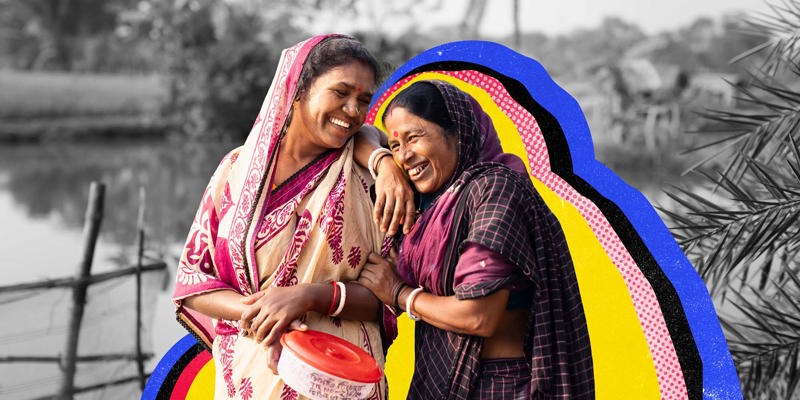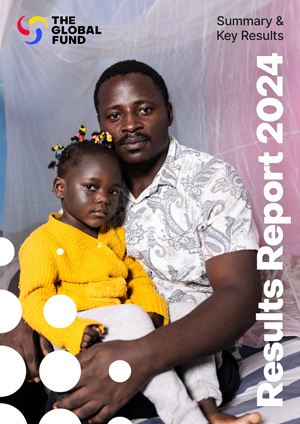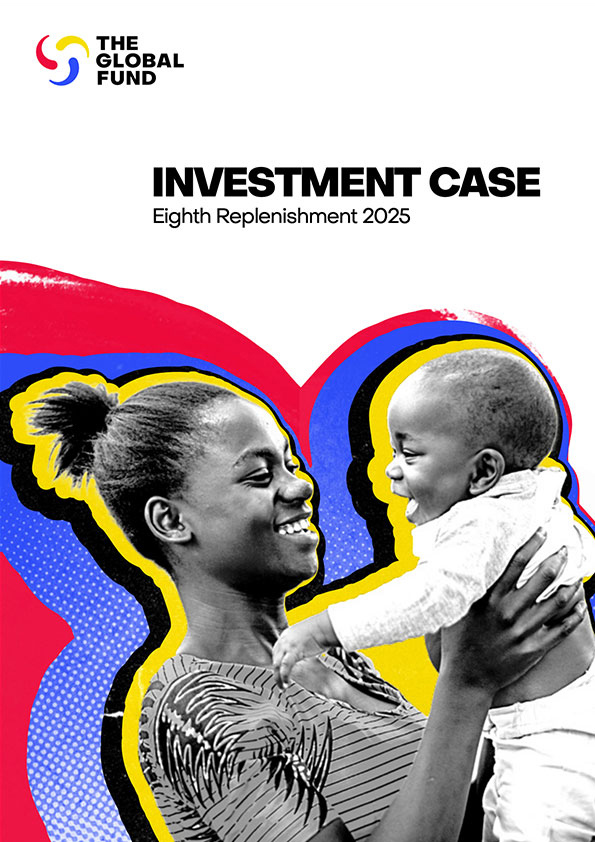The Global Fund Approves US$382 Million Worth of New Grants
30 September 2005
Additional Grants worth US$344 Million to Be Approved Once Funding Becomes Available
Geneva - The Global Fund today approved its fifth round of grant proposals since the Global Fund was established in 2002, committing US$382 million over two years to 26 grants in 20 countries. The Board of the Global Fund approves proposals for five years but initially only commits funds for the first two years.
The grants approved at the Global Fund's ongoing Board meeting here this week represent just over half of all Round 5 grants recommended to the Board of the Global Fund for approval. The Board is only able to approve grants for which it has financial pledges for the current calendar year. It was prevented from approving all Round 5 grants immediately due to the current shortfall of resources pledged for 2005. However, the Board endorsed a process to approve all recommended Round 5 grants as resources become available in 2006 (read an explanation on the prioritization process). Taken together, the total two-year commitment for 63 grants slated for funding in Round 5 is US$726 million, while their five-year value is US$1.8 billion.
Once all recommended grants have been approved, Round 5 brings the total Global Fund commitments for all five rounds of funding to $4.6 billion for more than 370 grants in 131 countries.
Once fully approved, the Round 5 grants will through their lifetime support AIDS treatment for an additional 229,000 people, provide voluntary counseling and testing for an additional 10 million people, provide an additional 17 million long-lasting bed nets, an additional 119 million new artemisinin-based combination therapy treatments against malaria, and an additional 1.5 million treatments against tuberculosis.
Of the 63 grants to be eventually approved in Round 5, AIDS grants account for 40 percent of funding while malaria and TB grants account for 27 percent each. The remaining funding is dedicated to programs to strengthen health systems. Three quarters of the funding will go to low-income countries. Africa receives 66 percent of the new funding, while Asia and the Western Pacific receives 17 percent, Latin America and the Caribbean nine percent, Eastern Europe four percent, and the Middle East four percent.
Since its creation in 2002, the Global Fund has become the world's premier financing mechanism for programs against AIDS, tuberculosis and malaria, providing a quarter of international finance against AIDS worldwide, more than half of all international malaria financing and more than two thirds of international financing for TB programs. Together, the three diseases kill more than six million people each year.
The Global Fund provides grants to locally-developed programs to prevent and treat the three pandemics. Countries and organizations may apply for funding by submitting proposals in ongoing funding rounds. Proposals are first screened for eligibility by the Secretariat and are then forwarded to an independent Technical Review Panel of experts in the diseases who assess proposals for technical merit and consistency according to proven best practices. In March, the Global Fund issued its fifth call for proposals for grant funding with an application deadline of mid June. Of all submitted proposals, 31 percent were recommended for funding.
PROJECTED OUTCOMES OVER FIVE YEARS
The following are the projected outcomes of all programs financed by the Global Fund over their five-year life-spans. The programs are on track to reach these targets set for HIV/AIDS and TB, but are behind on targets for malaria. A substantial effort is underway to ensure that malaria targets are reach by the end of the programs' lifetime.
HIV/AIDS
-
1.85 million people on antiretroviral treatment, a six-fold increase over current coverage in developing countries
-
62 million clients reached with voluntary counseling and testing services for HIV prevention
-
More than one million orphans supported through medical services, education and community care (only Rounds One through Three)
TUBERCULOSIS
-
5 million additional tuberculosis cases treated successfully under the DOTS treatment strategy after case diagnosis
-
Drastically expanding of treatment of multidrug-resistant tuberculosis, with nearly 25,000 new treatments
MALARIA
-
Delivery of 264 million artemisinin-based combination drug treatments for resistant malaria
-
109 million bed nets financed to protect families from transmission of malaria







